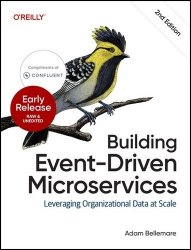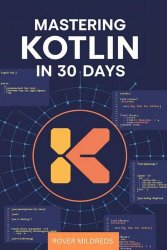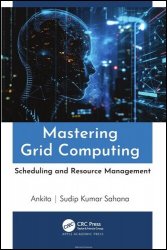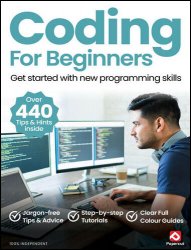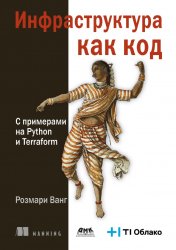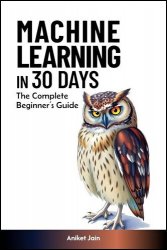- Добавил: literator
- Дата: 19-02-2025, 17:19
- Комментариев: 0
 Название: Terraform in Depth: Infrastructure as Code with Terraform and OpenTofu (Final Release)
Название: Terraform in Depth: Infrastructure as Code with Terraform and OpenTofu (Final Release)Автор: Robert Hafner
Издательство: Manning Publications
Год: 2025
Страниц: 505
Язык: английский
Формат: pdf (true)
Размер: 58.4 MB
An in-depth guide to everything Terraform, complete with newly established best practices and experienced insights into Infrastructure as Code. Terraform and its open-source fork OpenTofu’s “Infrastructure as Code (IaC)” approach has redefined the way you manage your infrastructure. Its premise is simple-yet-awesome: provision, update, scale, and replicate your infrastructure with the same ease as your application code. In Terraform in Depth, you’ll discover absolutely everything you need to automate and manage your infrastructure with just a few lines of code. The CLI is very heavily entwined with Terraform itself. The Terraform core is built into the CLI and can only be accessed by the CLI. CI/CD systems that run Terraform, such as HCP Terraform or Spacelift, are built around either the Terraform or OpenTofu CLI and call it directly. This differs from other languages like Go or C where you can compile code, but it is similar to interpreted languages such as Python or Node where you need a tool to run the programs. For most developers, the CLI is going to be used extensively even if they also have CI/CD systems available. This book includes examples using the CLI as new topics are introduced. For sysadmins, software developers, and cloud engineers familiar with the CLI.

